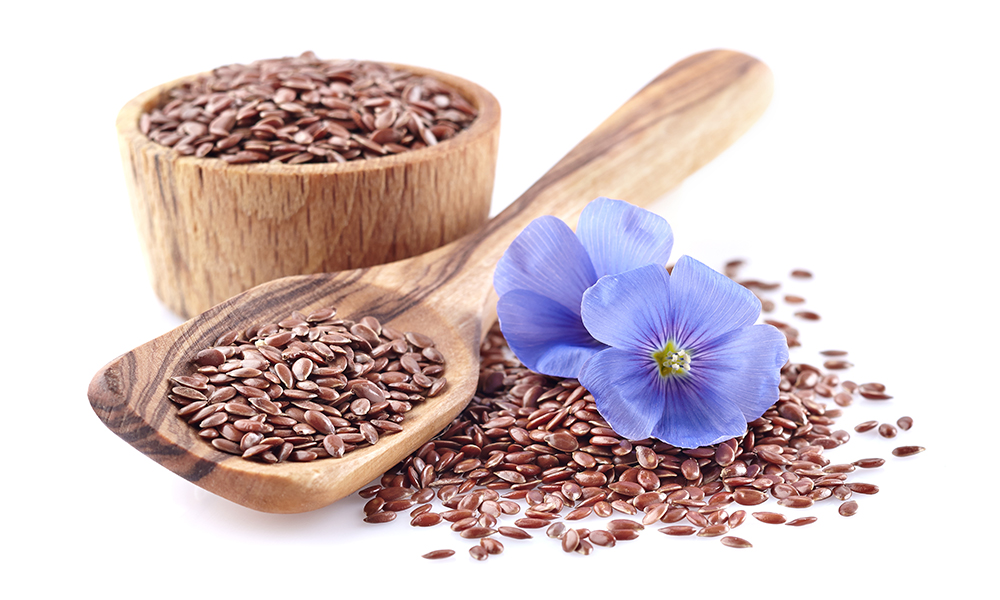Phytoestrogen as a nutritional component that is a bioactive substance, is often eaten in vegetables, fruits, and lentils. Phytoestrogens can naturally act as estrogens. Phytoestrogens can lower total cholesterol while also improving heart function and some studies have also demonstrated that dietary inclusion of phytoestrogen-rich food can lower plasma cholesterol levels. It four main types: isoflavones, coumestrols, stilbenes, and lignans.
Isoflavone phytoestrogens are mostly found in soybeans, soya-based products flax seeds, lentils, and other products. A pure soybean has a higher level of phytoestrogens; these factors make it unique, and consuming soybeans reduces health risks such as lower cholesterol levels, harmful LDL cholesterol, and anti-cancer and antioxidant properties. Phytoestrogens have numerous favorable effects on the health of various organs.

Coumestrol phytoestrogen has antioxidant and anti-inflammatory properties. It is found in green gram, alfalfa sprouts, sunflower seeds, clover, spinach, and legumes. Phytoestrogens can act as anti-aging agents, make skin brighter, and increase the production of hyaluronic acid and extracellular matrix.

Lignans’ phytoestrogens have bioactive antioxidant, anti-inflammatory, and antitumor health-promoting properties that are associated with the intake of lignans and lower the risk of cardiovascular disease. The main sources of dietary lignans are vegetables, fruits, whole grain cereals, oil seeds, flax seeds, and sesame seeds.

Phytoestrogens are derived from plants, and they are generally found in our everyday foods such as broccoli, cabbage, spinach, wheat flour, tea, coffee, nuts, flax seeds, apples, pomegranate, rice, sweet potatoes, soybeans, and clover.
Author: Aditi Pareek and Dr. Sanjoy Gupta

